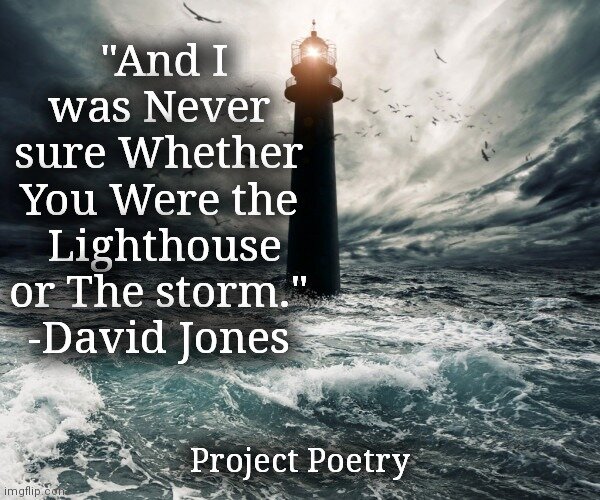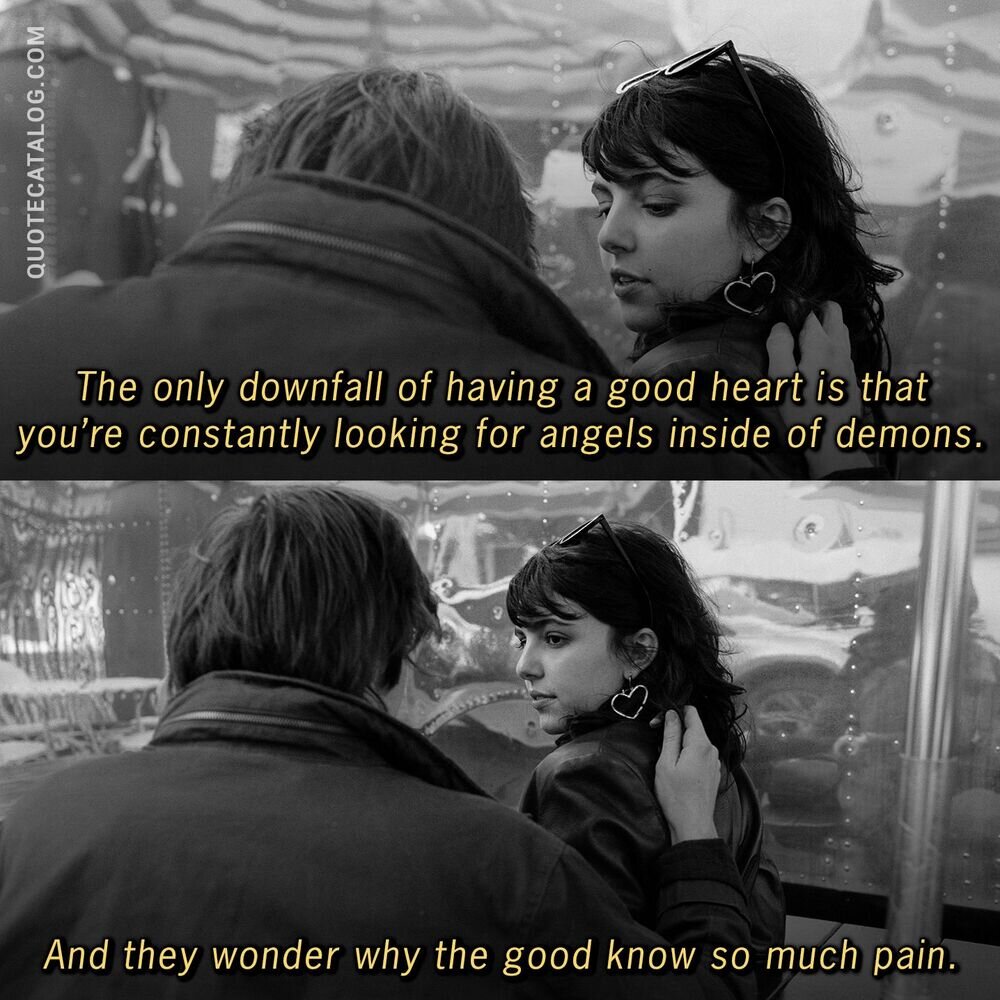Rationalization (psychology) - Wikipedia
Some rationalizations take the form of a comparison...
Some rationalizations take the form of a comparison...
- "At least [what occurred] is not as bad as [a worse outcome]."
- In response to unfair or abusive behaviour: "I must have done something wrong if they treat me like this."














